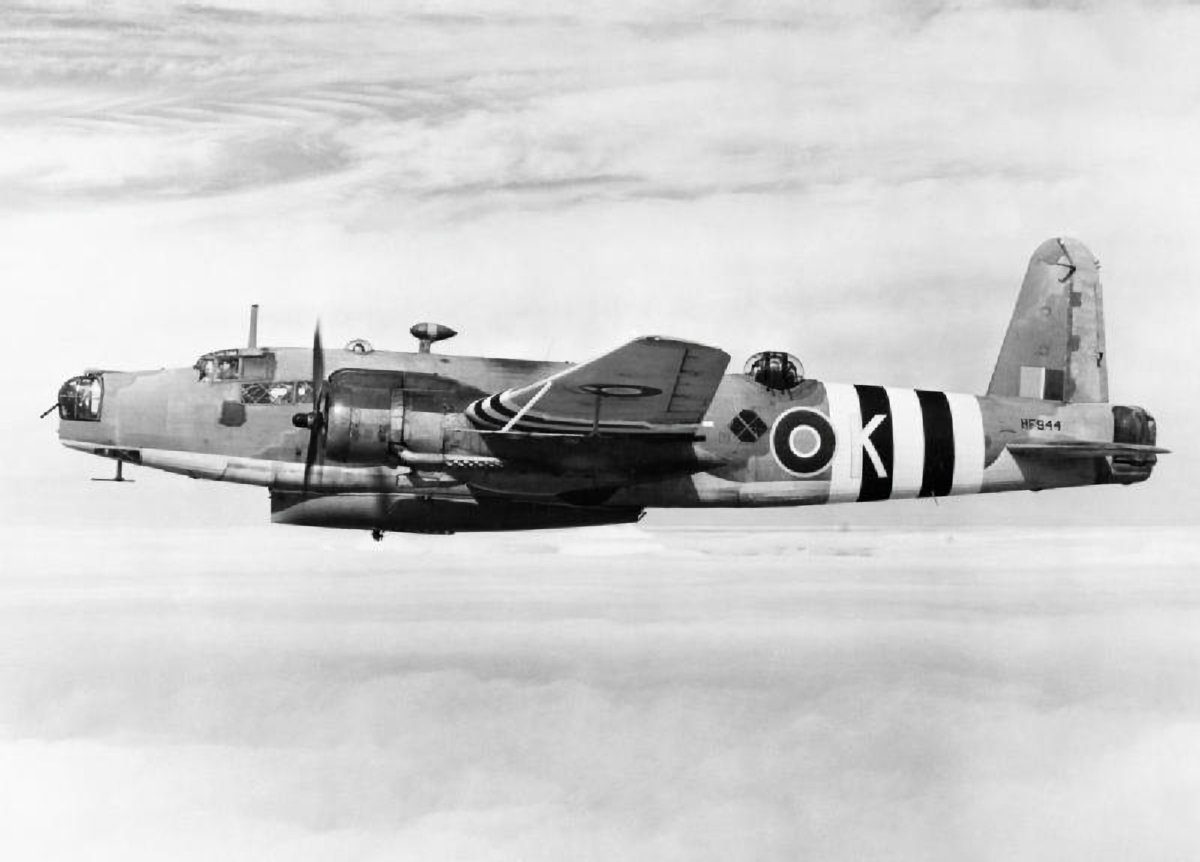Vickers Warwick
Originally designed as a bomber, delays in sourcing adequate engines resulted in the Vickers Warwick being surpassed in its intended role by later designs such as the Short Stirling and Handley Page Halifax. Instead the Warwick was utilized in the maritime reconnaissance, air-sea rescue an transport roles.
Photographs of the Vickers Warwick
- Vickers Warwick Prototypes
- Vickers Warwick B Mk.I
- Vickers Warwick C Mk.I
- Vickers Warwick ASR Mk.I
- Vickers Warwick C Mk.III
- Vickers Warwick GR Mk.V
- Vickers Warwick Internal Detail
- Vickers Warwick External Detail
- Vickers Warwick Lifeboat Detail
Vickers Warwick Prototypes





Vickers Warwick B Mk.I
Although an order for 150 B Mk.I bombers was placed, only 16 were delivered. These were used for various tests.




Vickers Warwick C Mk.I
The Vickers Warwick C Mk.I was a transport version for BOAC for use on its Mediterranean and North African route. Fourteen were converted on the production line with the addition of a freight floor, long range tanks, flame dampers and the removal of turrets.




Vickers Warwick ASR Mk.I
The Warwick ASR Mk.I was a conversion from the bomber version for air-sea rescue. Despending on the sub-version they could carry an aerial life boat and/or Lindholme lifesaving equipment.












Vickers Warwick C Mk.III
The Warwick C Mk.III was a transport version with a pannier extension below the central fuselage with the normal loaded weight being raised to 45,000 lb (20,400 kg). It could carry 24 equipped troops or eight to 10 passengers in the VIP version. A total of 100 of these unarmed transports were built.







Vickers Warwick GR Mk.V
The Vickers Warwick GR Mk.V was an anti-submarine and general reconnaissance aircraft. Powered by two Bristol Centaurus VII radial piston engines and armed with 7 machine guns (four in a rear powered turret and single mounts in the nose and two beam positions), it could carry 6,000 pounds (2,700 kg) of bombs, mines or depth charges. A total of 210 GR Mk.Vs were built.






Vickers Warwick Internal Detail



Vickers Warwick External Detail


Vickers Warwick Lifeboat Detail
Designed in 1943 by Uffa Fox, the air-dropped lifeboat was a 32-foot (10 m) wooden canoe-shaped boat for the rescue of aircrew downed in the Channel. The lifeboat was dropped from a height of 700 feet (210 m), and its descent to the water was slowed by six parachutes. It was balanced so that it would right itself if it overturned. When it hit the water the parachutes were jettisoned and rockets launched 300 ft (90 m) lifelines. Coamings were inflated on the descent to give it self-righting.
Fox’s airborne lifeboat weighed 1,700 pounds (770 kg) and included two 4-horsepower motors—sufficient to make about 6 knots—augmented by a mast and sails[ along with an instruction book to teach aircrew the rudiments of sailing. The Fox boats successfully saved downed aircrew as well as glider infantrymen dropped in the water during Operation Market-Garden.
The lifeboats carried emergency equipment, a radio, waterproof suits, rations and medical supplies.





